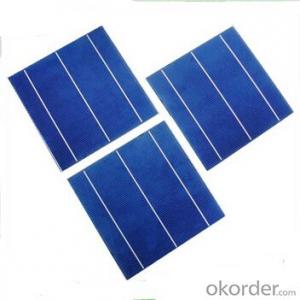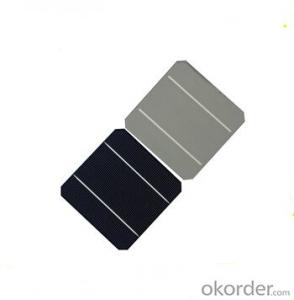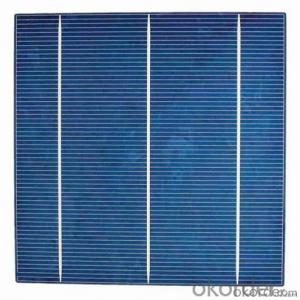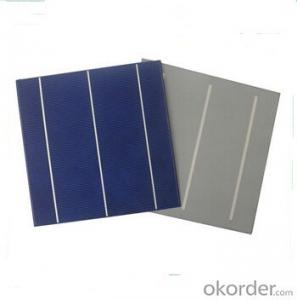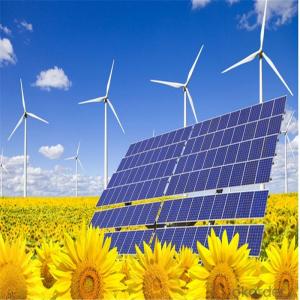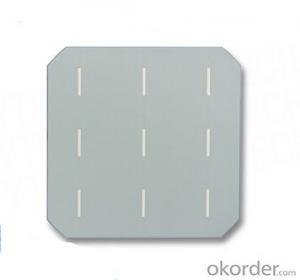Si Solar Cells
Si Solar Cells Related Searches
Except For Solar Cells Weegy Problems With Solar Cells High Power Solar Cells Light Trapping In Solar Cells High Performance Solar Cells High Output Solar Cells High Wattage Solar Cells Energy Transfer In Solar Cells High Efficiency Hvac Systems Recombination In Solar CellsHot Searches
Cheap Solar Cells For Sale Flexible Solar Cells For Sale Q Cells Solar Panels For Sale Printed Solar Cells For Sale Bulk Solar Cells For Sale 6x6 Solar Cells For Sale Broken Solar Cells For Sale Cpv Solar Cells For Sale Photoelectric Cells For Sale Price Of Silicon Solar Cells Price Of Solar Cells Over Time Buy Solar Cells From China Cheap Solar Cells China Best Type Of Solar Cells Flexible Solar Cells Price Q Cells Solar Panels Price 3 Types Of Solar Cells Production Of Solar Cells Common Types Of Solar Cells Q Cells Solar Panel PricesSi Solar Cells Supplier & Manufacturer from China
Okorder.com is a professional Si Solar Cells supplier & manufacturer, offers integrated one-stop services including real-time quoting and online cargo tracking. We are funded by CNBM Group, a Fortune 500 enterprise and the largest Si Solar Cells firm in China.Hot Products
FAQ
- Yes, solar cells can be used for powering airports. Solar energy is a sustainable and renewable source of power, and airports have large areas of open space that can be utilized for installing solar panels. By harnessing the power of the sun, airports can reduce their reliance on non-renewable energy sources, lower their carbon footprint, and potentially save on energy costs in the long run. Additionally, solar power can also be stored in batteries for use during non-sunny periods or at night, ensuring a continuous power supply for critical airport operations.
- The amount of electricity a solar cell can generate depends on various factors including the size and efficiency of the cell, the intensity of sunlight, and the duration of exposure. On average, a typical solar cell can generate around 200 to 400 watts of electricity per square meter under optimal conditions.
- Yes, solar cells can be used to power satellites. In fact, they are the primary source of power for most satellites in space. Solar cells convert sunlight into electricity, which is then used to power the satellite's systems and equipment.
- Is the polymer solar cell the cheapest type among all the different kinds of solar cells?
- Yes, the polymer solar cells are the cheaper type.
- Yes, solar cells can be used to power surveillance cameras. Solar cells, also known as photovoltaic cells, convert sunlight into electricity. By installing solar panels and connecting them to surveillance cameras, the cameras can be powered by the generated solar energy, making them independent of traditional power sources. This allows for remote surveillance in areas without access to the electrical grid, increasing flexibility and reducing costs in surveillance systems.
- The payback period for solar cells typically varies between 5 to 15 years, depending on factors like the initial cost, location, energy consumption, and available incentives.
- Solar cells can have a significant impact on the electric grid by generating clean and renewable energy. When connected to the grid, solar cells produce electricity during the day, reducing the overall demand for power from traditional sources. This reduces the strain on the grid and decreases the need for fossil fuel-based power plants. Additionally, excess solar energy generated by these cells can be fed back into the grid, providing a source of power for others and contributing to a more resilient and sustainable energy system.
- Solar cells are typically installed on rooftops or open ground areas. First, the installation site is surveyed to determine the best location and angle for maximum sunlight exposure. Then, the solar panels are mounted onto a structure using brackets or frames. The panels are interconnected and wired to an inverter, which converts the direct current (DC) generated by the panels into usable alternating current (AC) electricity. Finally, the system is connected to the electrical grid or a battery storage system, allowing the generated solar energy to be used for powering homes or businesses.





















